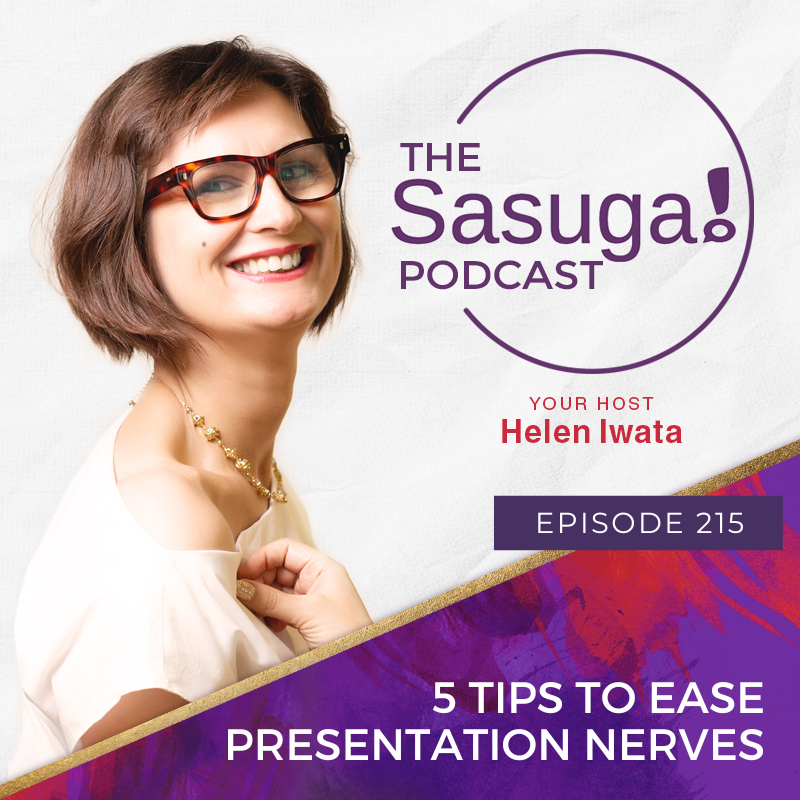“I get so nervous giving presentations.”
Many clients tell me this when we start working together. And my response is usually, “Good. That means you’re a normal human being.”
As human beings, from primitive times, we needed to be part of a group to survive. If we were cast out of the group, it would be difficult to find food on our own or we might become food for a passing beast!
So it was important for us to be accepted by the group.
Now, when we stand in front of people to give a presentation or even when we’re speaking up in a Zoom meeting, it’s normal to have an unconscious, underlying fear of whether we’ll be accepted.
When we feel this fear, the natural fight or flight response is triggered in the brain.
Other animals have this fight or flight response when under threat, too. It helps them to survive.
For example, a lion facing a threat might fight back. A deer might run away.
Human beings are the same.
Sometimes, we fight back without thinking. This doesn’t have to be physical fighting. Have you ever lost your temper and snapped at someone?
Sometimes we automatically run away from scary or upsetting situations. I remember dashing to the corporate bathroom and crying because of what a colleague said to me.
We experience physical changes when we’re scared or upset because the body is preparing to fight or run away.
In Episode 215 of the Sasuga! Podcast, you’ll hear 5 common symptoms of presentation nerves and how to ease them, so that you can start to shift from feeling fear to fun the next time you’re speaking up in front of people.
- Heart pounding
- Short of breath
- Throat dry
- Sweating
- Going blank (can’t think what to say next)
Enjoy!
Prefer to listen on your podcast player?
Mentioned in this episode

5 Tips To Ease Presentation Nerves (YouTube Video) – This video is your complimentary sneak preview of Lesson 1 of the self-study course Speak Like An Expert Online.
If it’s important for you to be clear, confident, and convincing when you speak with clients and colleagues online, click here to discover all the ways this comprehensive, self-study course can help you.
You might also enjoy
- Episode 151: Are You Scared Of Not Knowing The Answer?
- Episode 209: Why Giving Presentations Is Like Snowboarding
- Episode 112: 3 Quick Ways To Improve Your Communication Today


